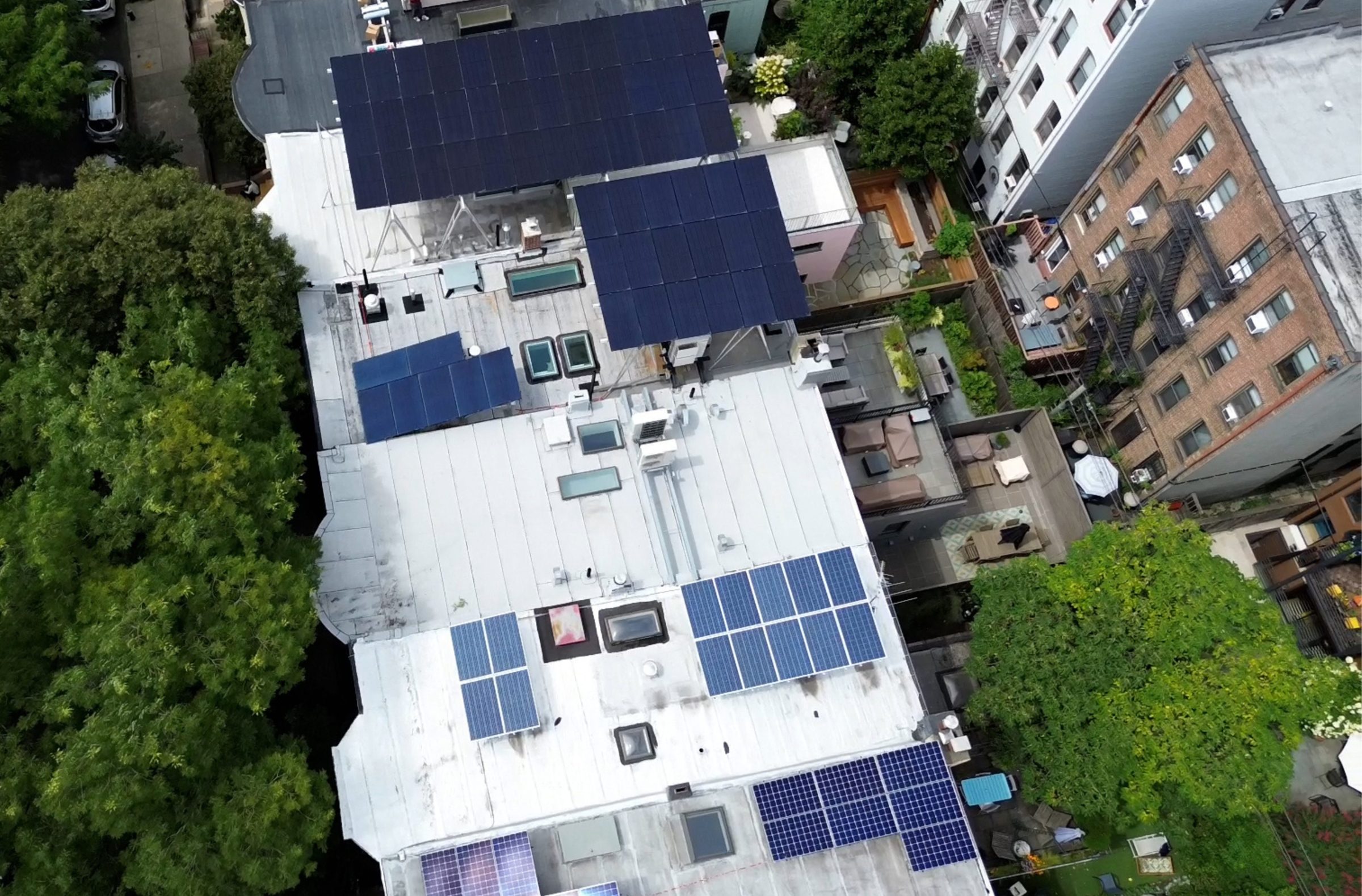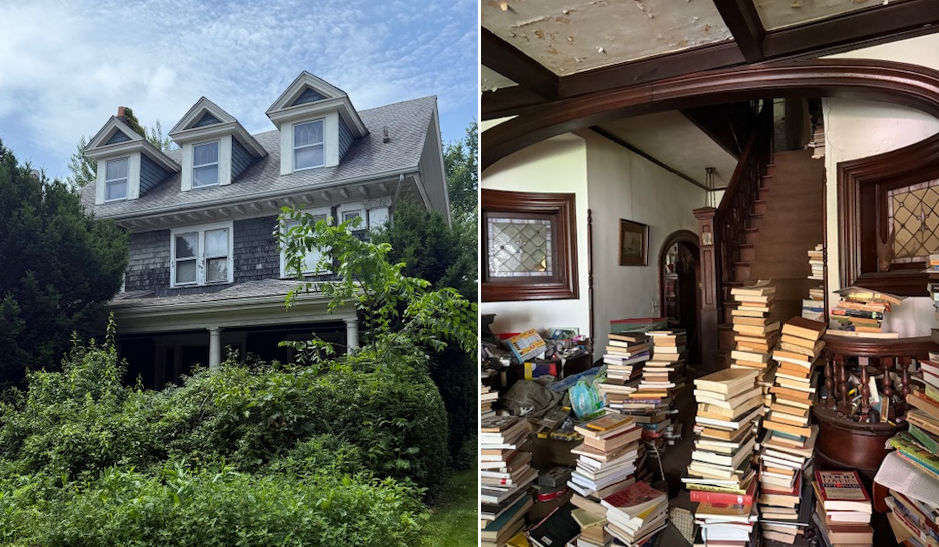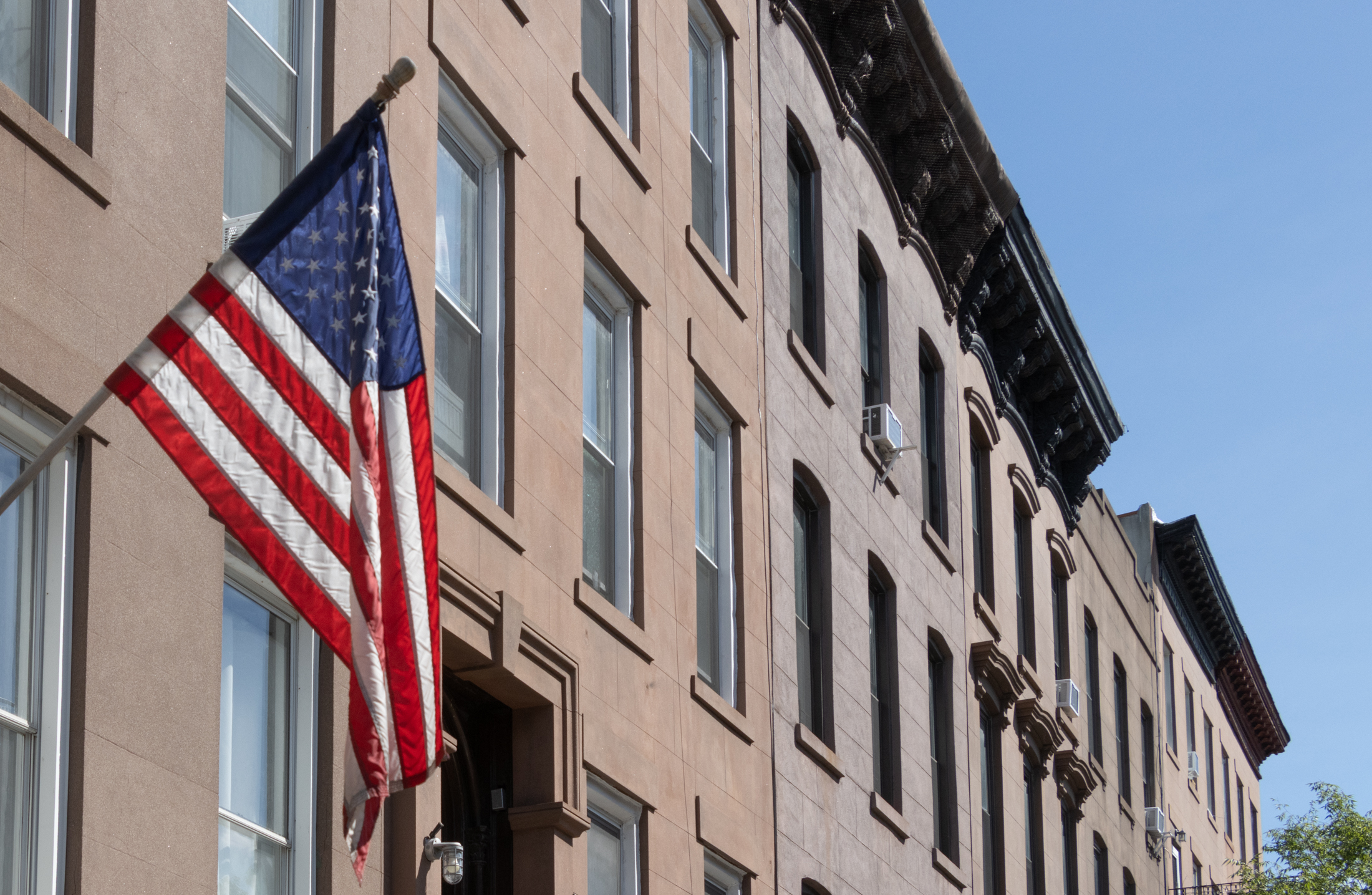What’s the Monthly Bill for Solar Panels? How to Beat 40 Percent Energy Premiums
Check out this Con Edison monthly bill for solar that’s just $18.62.

Photo by Brooklyn SolarWorks
New Yorkers face some of the steepest energy costs in the nation, paying a hefty 35 percent to 40 percent more for electricity than the national average — despite being relatively energy efficient.
But a recent Con Edison monthly bill for solar panels, courtesy of a Brooklyn SolarWorks customer, tells a different story. The total bill was just $18.62, mostly consisting of a basic service charge.

How did that happen? Here are some answers to your questions about monthly bills.
Do solar panels reduce electricity bills?
In a city where monthly electric bills regularly climb into hundreds of dollars, solar panels are proving to be a game changer. The featured Queens bill demonstrates how a solar system completely eliminated the supply charges, leaving only minimal delivery fees. The trick is the customer’s solar panels generated enough power to cover all household energy needs, resulting in $0 supply charges.
Do you get charged for having solar panels?
While solar panel owners still receive a utility bill, the charges are drastically different from typical NYC utility costs. They typically pay:
- A basic service charge (around $20)
- Minimal delivery fees
- Associated taxes
Again — gone are the sky-high supply charges that make New York’s energy costs among the nation’s highest.
Solar panels vs. electricity bill: What’s the difference?
Traditional NYC electricity bills include both supply and delivery charges, plus various fees and taxes that reflect the city’s premium energy costs. With solar panels, customers primarily see:
- Dramatically reduced or eliminated supply charges
- Continued basic service fees
- Net metering credits for excess production
Is it really typical for supply charges on a monthly bill to go to zero?
Generally, yes: The average residential customer sees $0 supply charges. It can vary depending on a lot of factors but that’s true for a lot of homeowners who adopt solar. It changes with the seasons too. Homeowners often see their supply charges zero out during the spring/summer/fall, but then they incur charges during the winter months, due to less sunshine.
But that’s where net metering comes into play. Typically you’re building up a bank of credits during the sunnier months, and those offset supply charges during the winter.

Are there financial incentives to go solar?
Yes. Thanks to enticing financial incentives, going solar in NYC has never been more accessible. Homeowners can take advantage of four benefits: NYSERDA rebates knock thousands off upfront costs, federal tax credits return 30 percent of the system cost, a 30 percent NYC Property Tax Abatement, and a $5,000 NYS Income Tax Credit — plus net metering that lets you bank excess power for future use.
The results are visible everywhere — from Brooklyn brownstones to Queens single-family homes, solar panels have become as much a part of NYC’s roofscape as water towers.
Do you want to save $50,000 on electricity over the lifetime of your system?
Reach out to Brooklyn SolarWorks today.
[Photos by Brooklyn SolarWorks]






What's Your Take? Leave a Comment